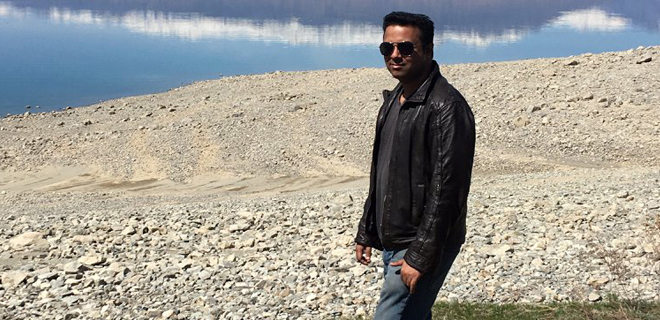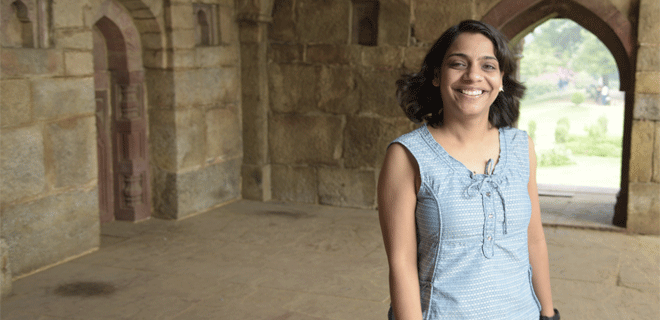Now you see them
Birding is a good hobby to develop as it comes with several benefits that can only be absorbed through experience
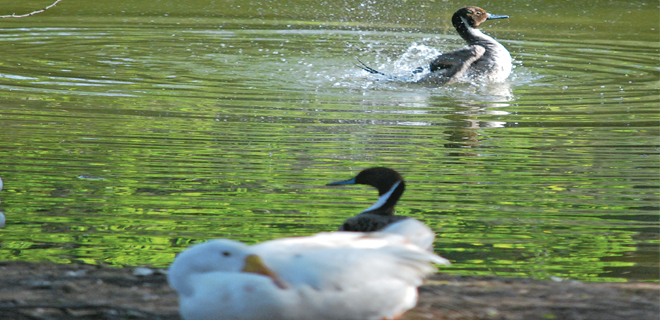
I developed my bird watching habit many years ago. Being close to nature, away from the noisy city and generally the serenity visible when looking out for birds have over the years made me look forward to the birding seasons in and around Delhi. Every winter I get out of the warmth of my blanket, brave up the fog and start early in the day to catch my eyes on the migratory birds that flock around this capital city. In fact, winter is the perfect birding season for all those living in Delhi and most parts of India. All bird lovers and bird watchers pack their bags and set off during this season. The advantage of being in Delhi is the proximity to several bird sanctuaries—Okhla Bird Sanctuary, Sultanpur Bird Sanctuary and Bharatpur Bird Sanctuary can all be done as day trips. The outskirts of the city is also home to several migratory birds. The Delhi zoo shelters a lot of migratory birds, besides the resident birds. I have had wonderful experience at the Yamuna Biodiversity Park. The Yamuna Biodiversity Park provides shelter for flocks of birds. There are scientists at the park who have work day and night to maintain it, making the place a perfect habitat. It’s still in developing state, and requires special permission to visit.
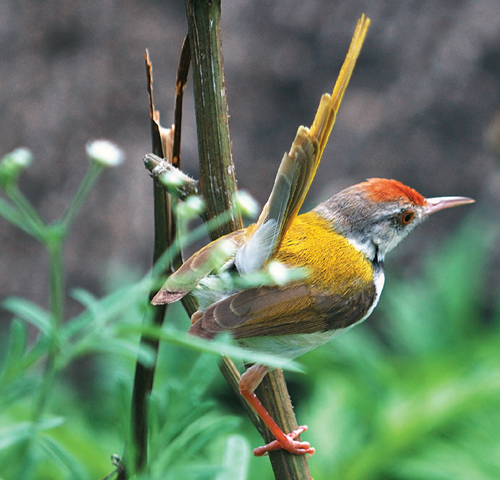
Tailor Bird
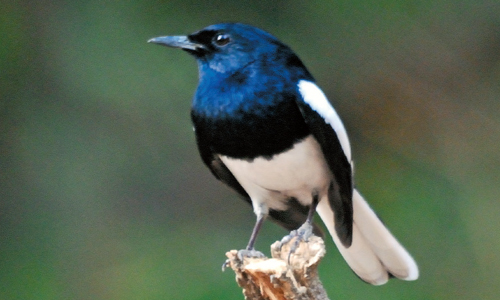
Robin
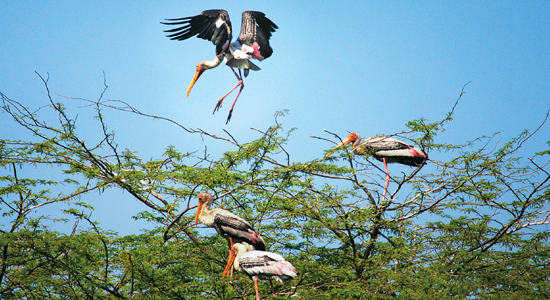
Painted Storks
Other locations
Other major bird sanctuaries in India are: Salim Ali Bird Sanctuary in Goa, Kumarakom Bird Sanctuary and Thattekad Bird Sanctuary in Kerala, Ranganathittu Bird Sanctuary in Karnataka, Vedanthangal Bird Sanctuary in Tamil Nadu, Kaundinya Bird Sanctuary in Andhra Pradesh, Chilka Lake Bird Sanctuary in Odisha, Mayani Bird Sanctuary in Maharashtra, Nal Sarovar Bird Sanctuary in Gujarat and many more.
The 2-3 winter months that India experiences is a wonderful time to make friends with this hobby and view some breathtaking birds. Some come down from the hilly parts of India, while some visit from other parts of the world, including the famous Siberian Crane. Apart from them there are lots of resident bird species. There are over 1,200 species of birds that are present in India according to the Bombay Natural History Society (BNHS), which has active birdwatchers groups.
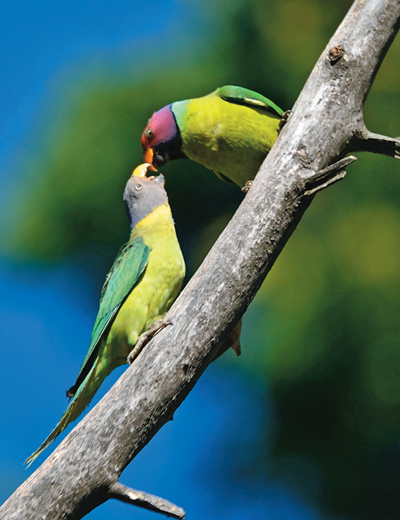
Blossom Head Parakeets
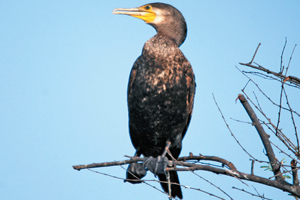
Cormorant
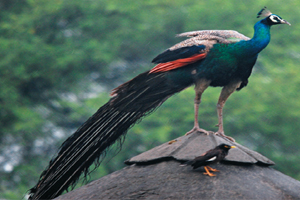
Peafowl
Make a start
For birding all that one needs is interest in birds. To start with, one can build this interest by surfing through the internet and reading books; as they help in identifying the birds. This is termed as field guide. You need a binocular, a 7X35 is a normal range required for buying a binocular. Once you cross this level, you can plan to buy a camera. Most camera brands these days come with a zoom around 60X. A heavy tripod is also necessary to avoid movements and to keep the camera stable.
I have tried tripods from Manfrotto and Vanguard, which later on encouraged me to get serious with photography as well. I got hooked and have a few telephoto lenses. You can pick a 300mm, 500mm or 600mm lens, which can be used with an SLR. But these are expensive and should be bought once you are sure that you want to spend this kind of money on equipment. Remember, lenses are heavy and so is the tripod. Mine weighs about 3.5 kg, so before you get into a buying frenzy, make sure you can handle it.
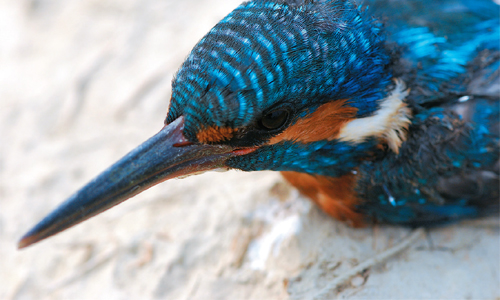
Kingfisher
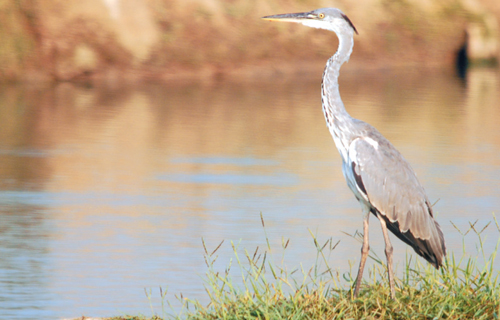
Heron
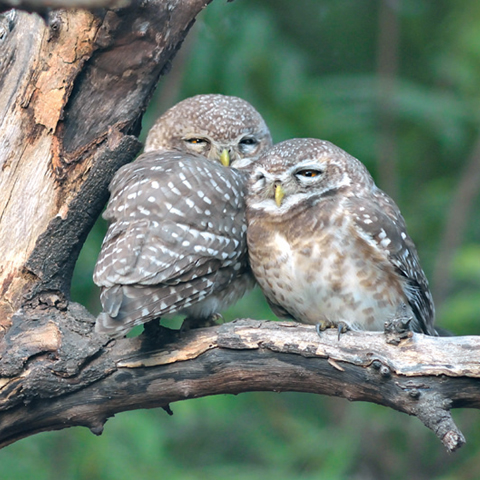
Spotted Owl
Patience is a virtue
Birding needs you to be patient. You may need to sit for hours without movement to get a good picture or view a rare species of bird. It may also happen that you may not come across a bird species that you are looking out for a whole day. There are times when birders visit a spot for a number of days before luck prevails. I have also had such experience, but it was worth it.
Other than luck, you also need to have a sharp eye to spot a bird that is visible to the trained eye, but may not be so for beginners. Most often birds are camouflaged in trees, bushes or even on grounds. It is not hard to spot birds even around your locality, or on your way to work when you keep your eyes open. Just like hardcore investors would profess that it is always a good time to invest, my suggestion to you is to start whenever you are ready and not wait for winters or the right time.
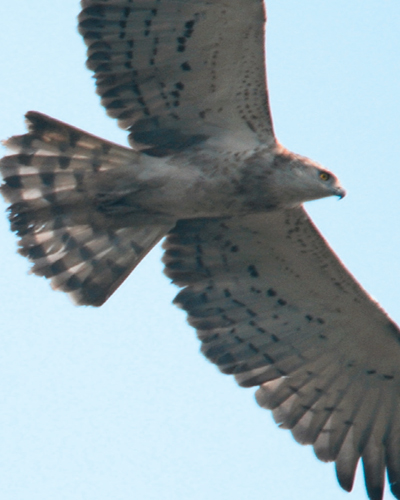
Eagle
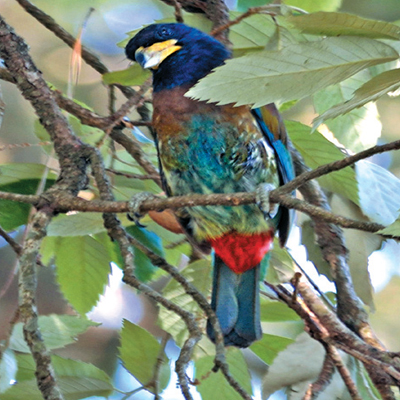
Indian Grent Barbet
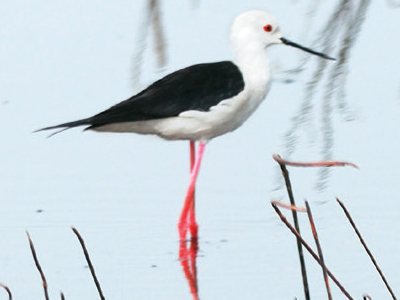
Black Winged Stilt
There are several organisations that carry out birding trips and most of them are accompanied by renowned photographers. They can show you ways to approach birds while clicking pictures and so on. For instance, some birds are very shy, you need to photograph them from long distance or else they may fly away, and there are some birds that may allow you to come near them, but you have to be careful to not scare them, for you may not be the only one trying for a picture. You must get started and learn to be with the nature. You could even make a start at the Lodhi Garden to observe early morning birds to test your interest before taking up birding fulltime.
Essential equipments
Bird watching is not an expensive pastime and the most important equipment that you need is your eyes to get started. The equipment that you will need to make the pastime to a hobby will include binoculars, notepad and pencil, bird guide book and a camera. As bird watching is mostly in the open, make sure you have clothes that suit the weather and footwear that is appropriate for the terrain where you plan to be.
Binoculars: A good basic binocular is available from Rs 1,500 onwards and you can upgrade once you are sure you wish to make bird watching a serious hobby. But, start with one that you can afford, as a good pair will last you almost a lifetime.
Bird book: Every bird sanctuary or region will have a specific bird site book with pictures of birds that are seen in the areas. It will also detail the species you are likely to see and the best time to watch.
Camera: A simple point and shoot digital camera with zoom is good to start with. More expensive cameras, with telephoto lenses, can bring you close in to the birds, but that would depend on how seriously you pursue this hobby.
Notepad and pencil: Avid bird watchers keep note of their sightings. The date, month, weather and the spot where they saw a bird are all noted. Many bird watching clubs encourage detailing, which is used to discuss future tours and notes on specific species.
The author is an avid bird watcher, photographer and traveler


